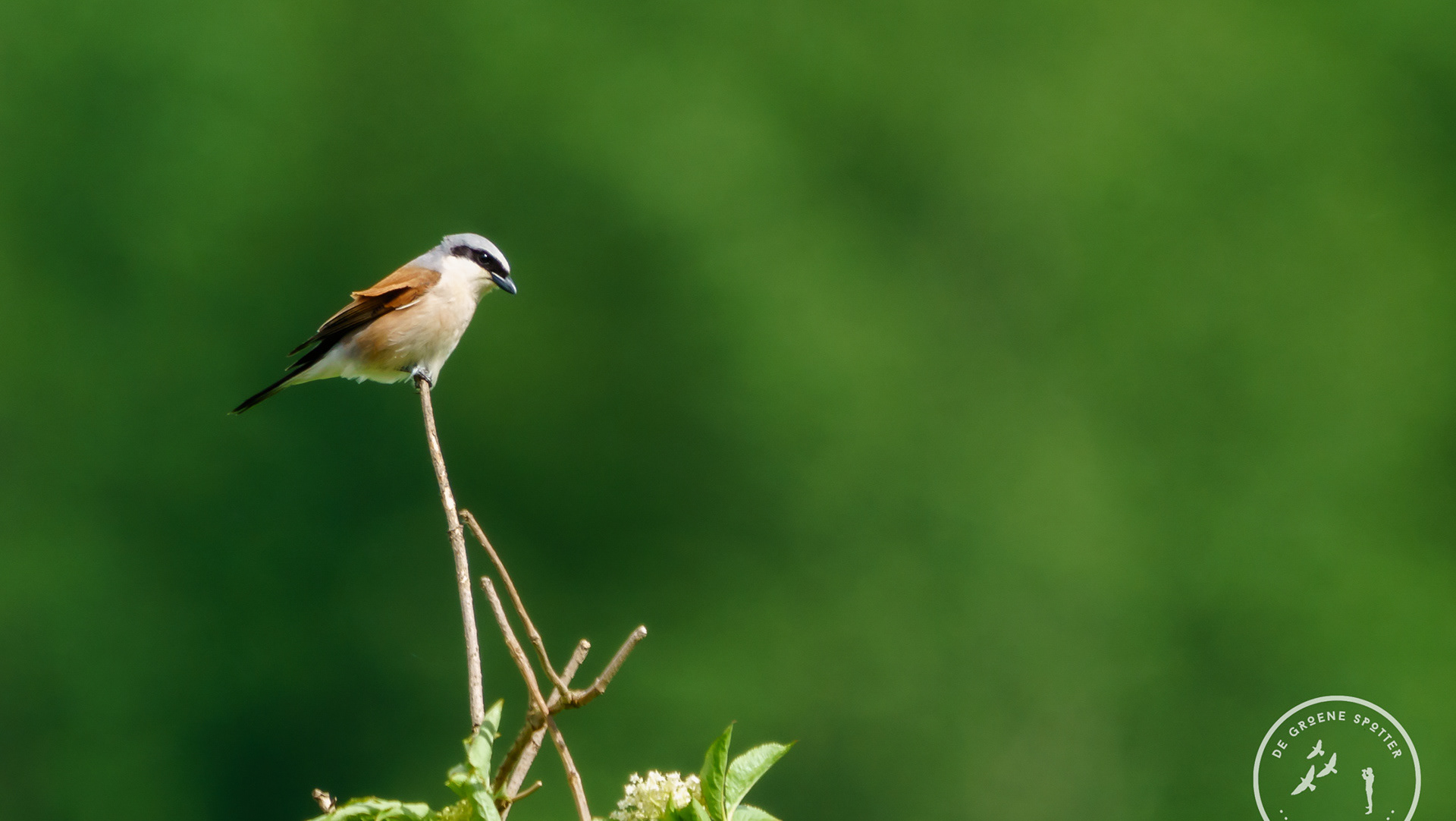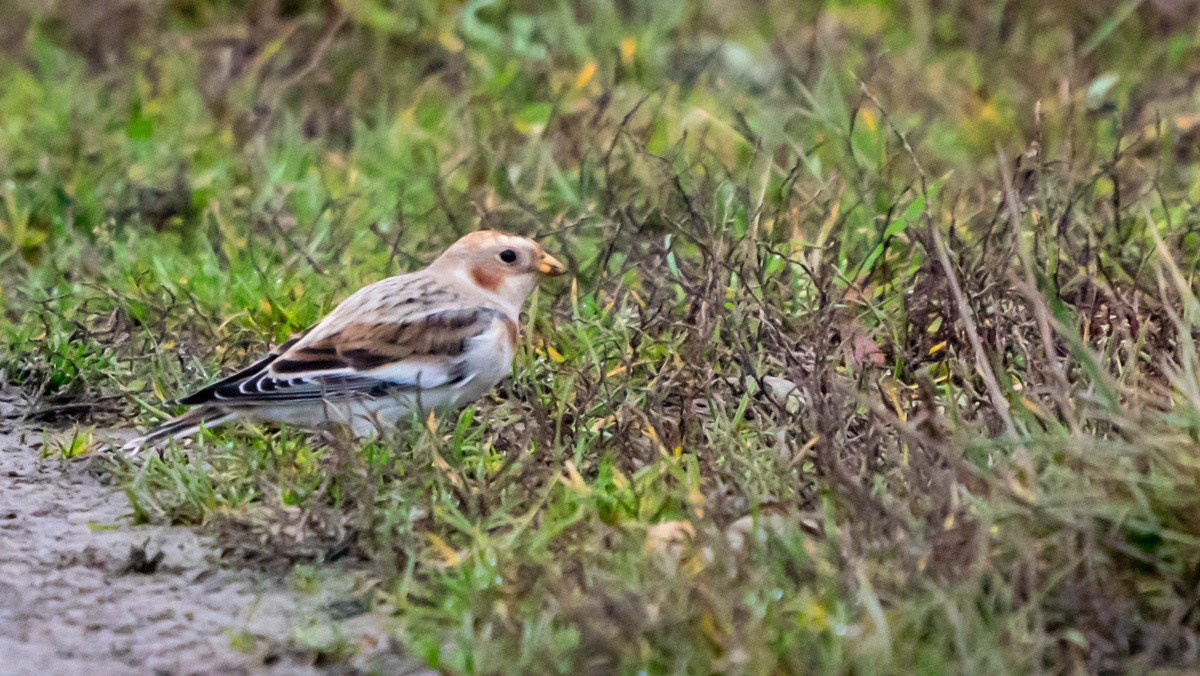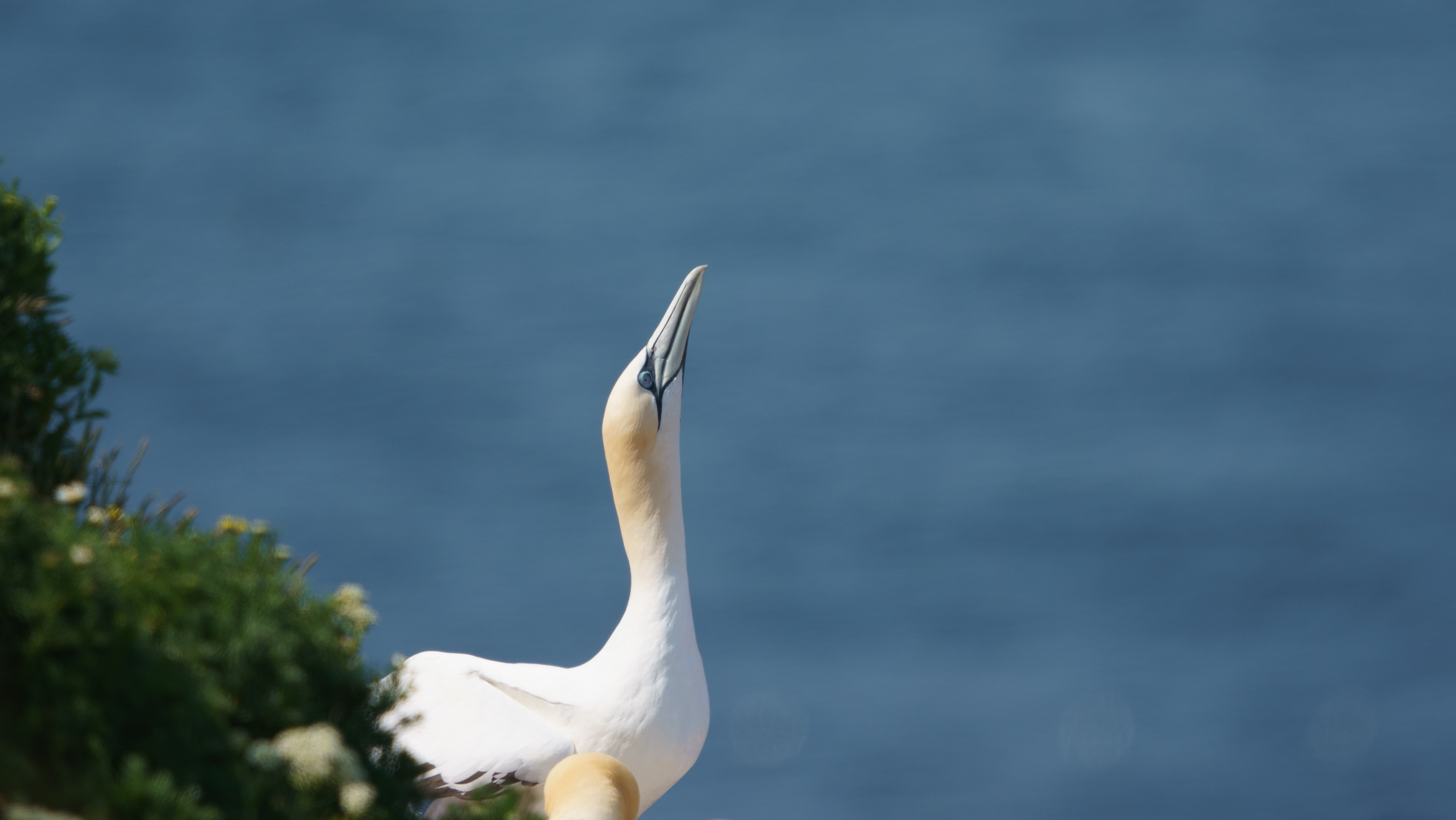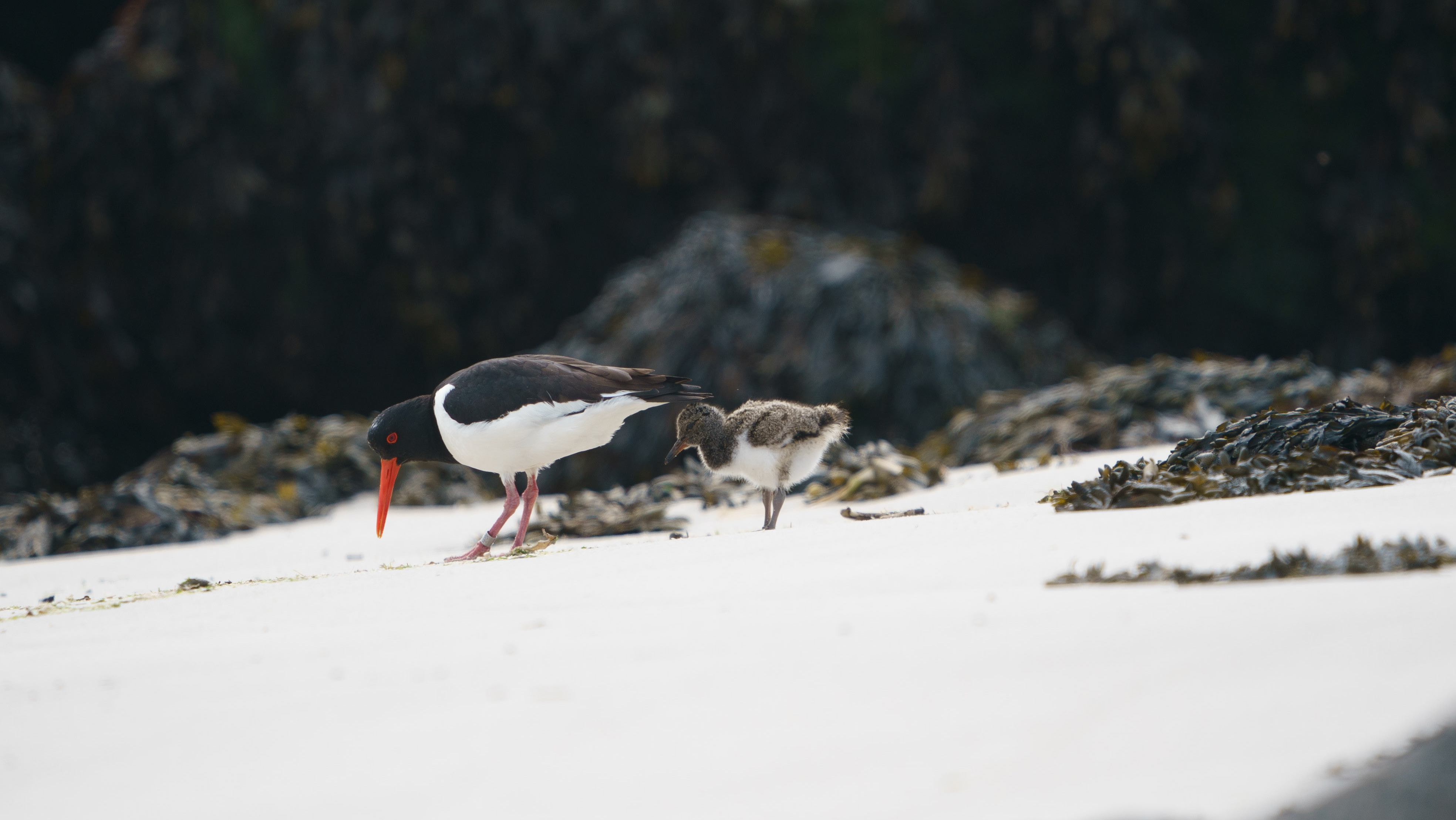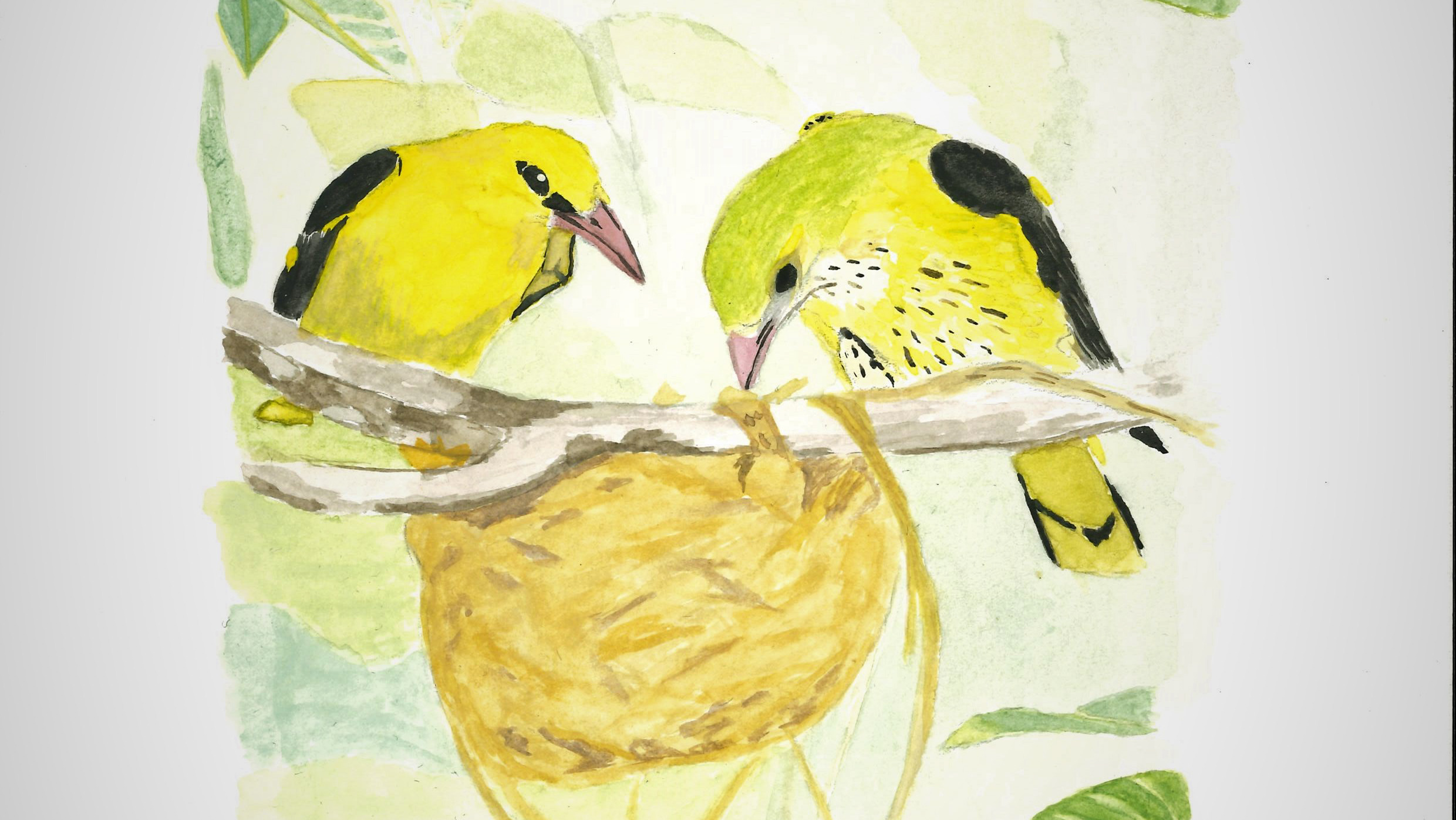We are now two weeks into the new year, so it is high time to explore a new nature area. The various areas in Haacht are now fairly well-known territory for me, but in the surrounding municipalities there are still a lot of green spots to discover.
In the municipality of Rotselaar, a small nature reserve called De Gevel has been on my "to-bird" list for a while now.
De Gevel is managed by the enthusiastic forester Gert Verbruggen, who was willing to show me around the area. An ideal place to start the year!
De Gevel is managed by the enthusiastic forester Gert Verbruggen, who was willing to show me around the area. An ideal place to start the year!
For local visitors, this small nature reserve may hold few secrets. It immediately reminded me of the Torfbroek in Kampenhout (read my previous article) because of its central reed bed.
Thanks to its wetness as a marsh, this is a fun area for the more adventurous hikers.
The footpath varies from wet (due to the sometimes high water level) to dry (a plank path around the reed bed and through the wet forest).
The footpath varies from wet (due to the sometimes high water level) to dry (a plank path around the reed bed and through the wet forest).
The Agency of Nature and Forests (better known as ANB) has done work in recent years to give the area a chance to grow further. For instance, surrounding pieces of land have been bought up where the current forest will later give way to expand the reed bed.
The plank path ensures that feet stay largely dry, but high boots are a must when it has rained a lot. The boardwalk is a fun section for the adventurous walker and is therefore not suitable for wheelchair users or families with prams.
The plank path ensures that feet stay largely dry, but high boots are a must when it has rained a lot. The boardwalk is a fun section for the adventurous walker and is therefore not suitable for wheelchair users or families with prams.
You can enter the area through 4 different entrances. Visitors who want to explore the reed bed immediately can do so via Dijlestraat. If you visit the nature reserve by car, it is best to park in the car park on Molenstraat.
At the car park you have a footpath that first leads you along a small wet meadow, ideal for admiring special flowering plants in spring and autumn. Further on, you can also enter the area along Molenstraat and a boardwalk leads you further to another grassland.
Beware, the reed bed is not accessible from April to July so as not to disturb the summer visitors while breeding.
Dogs on a leash is compulsory at all times!
Dogs on a leash is compulsory at all times!
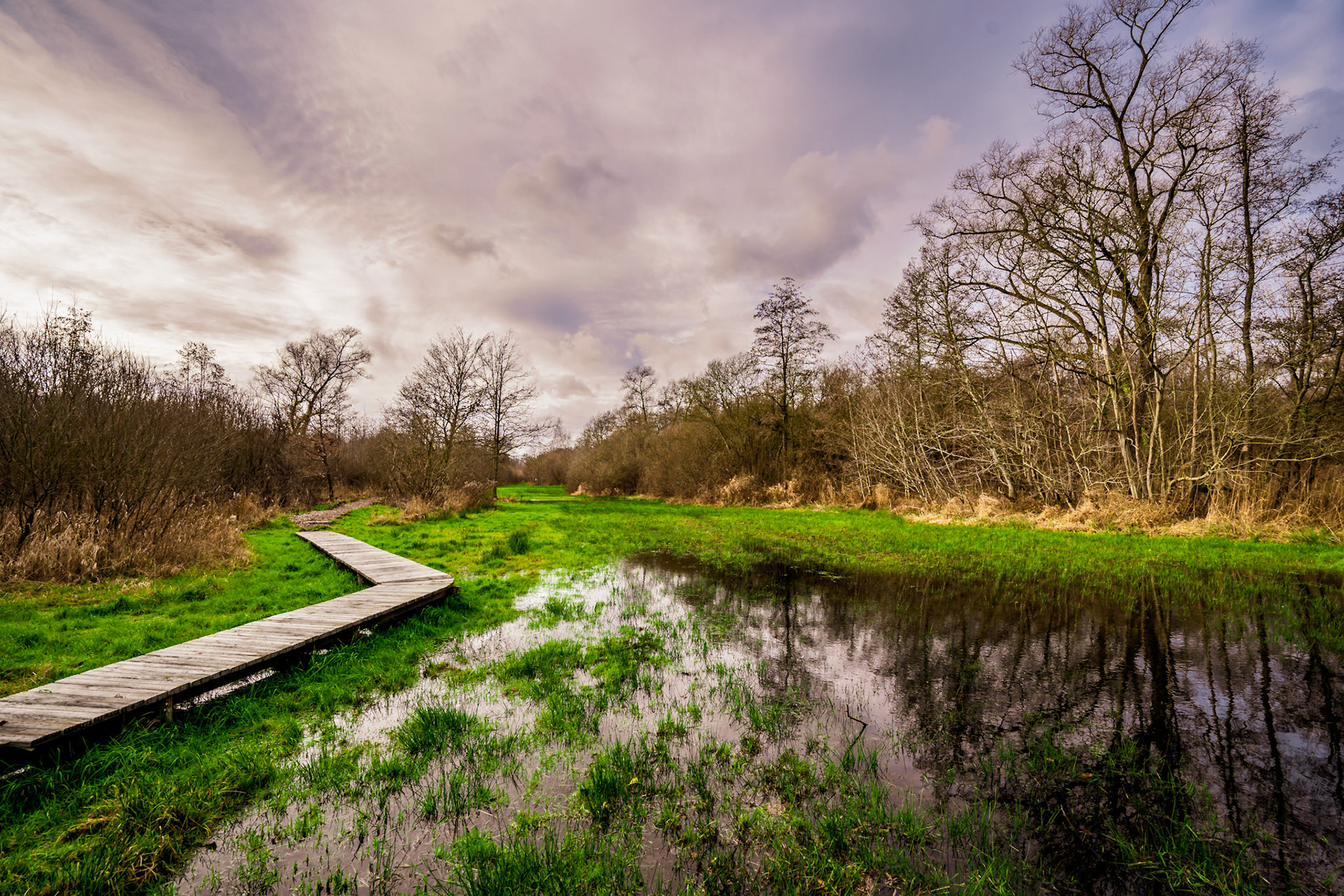
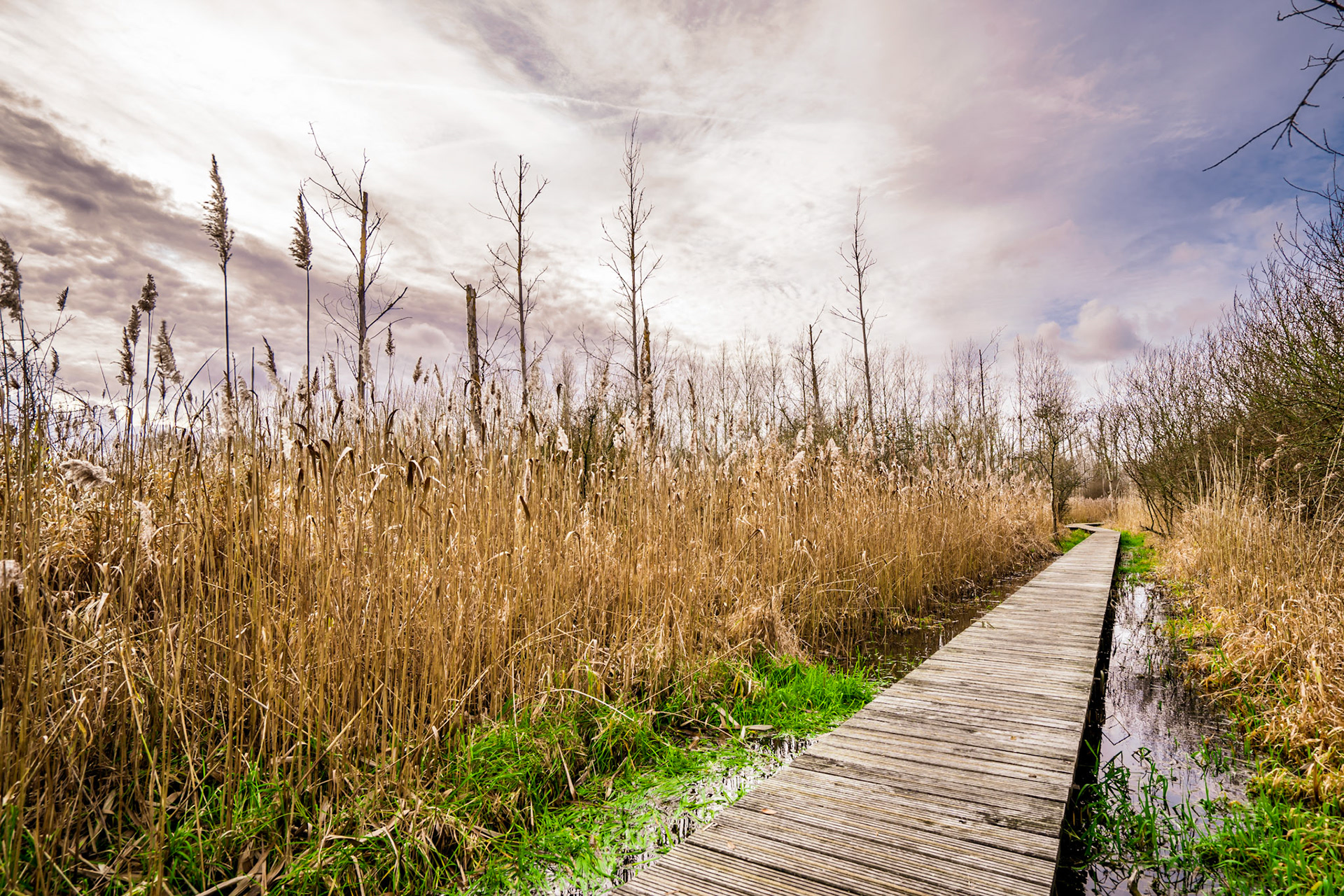

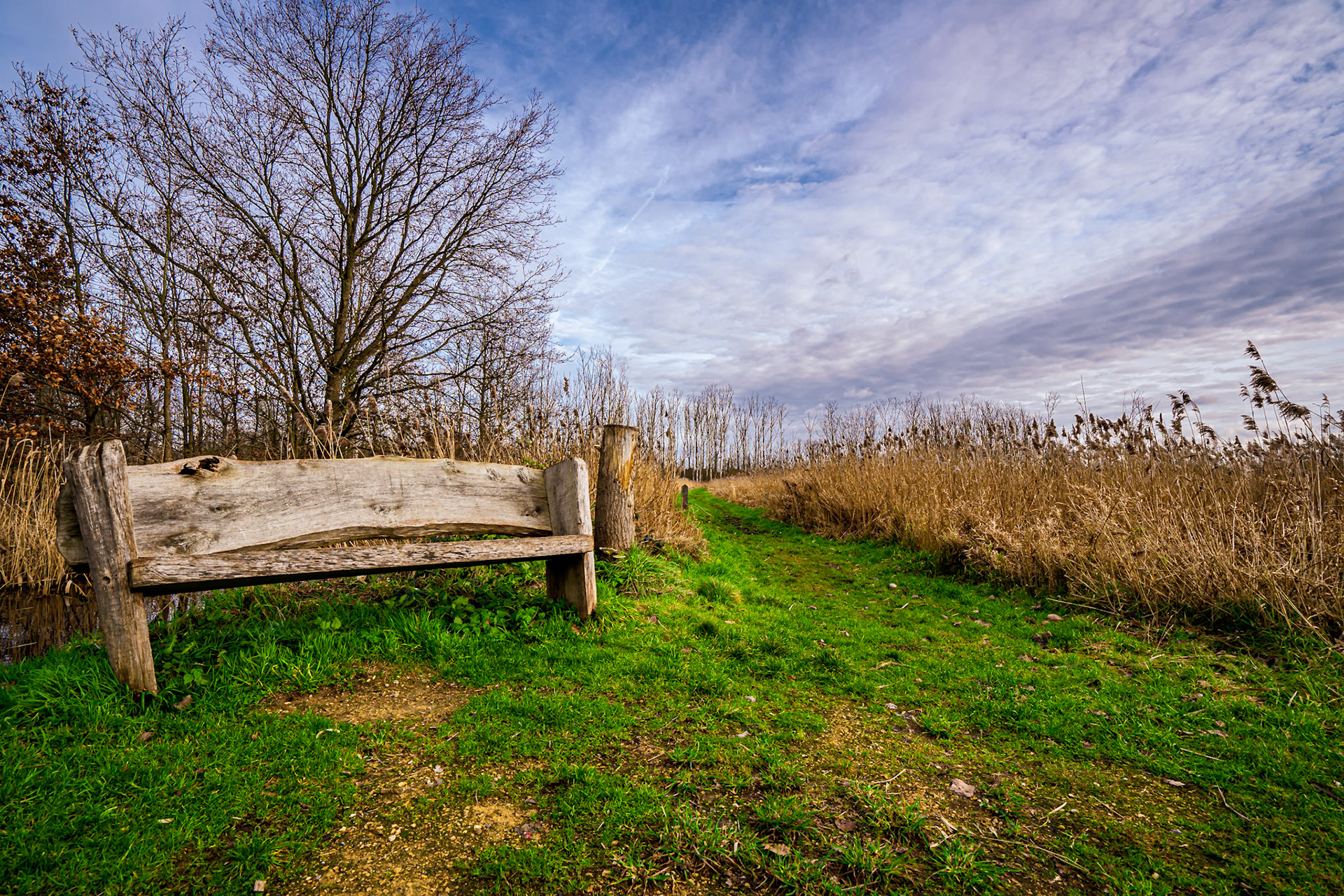
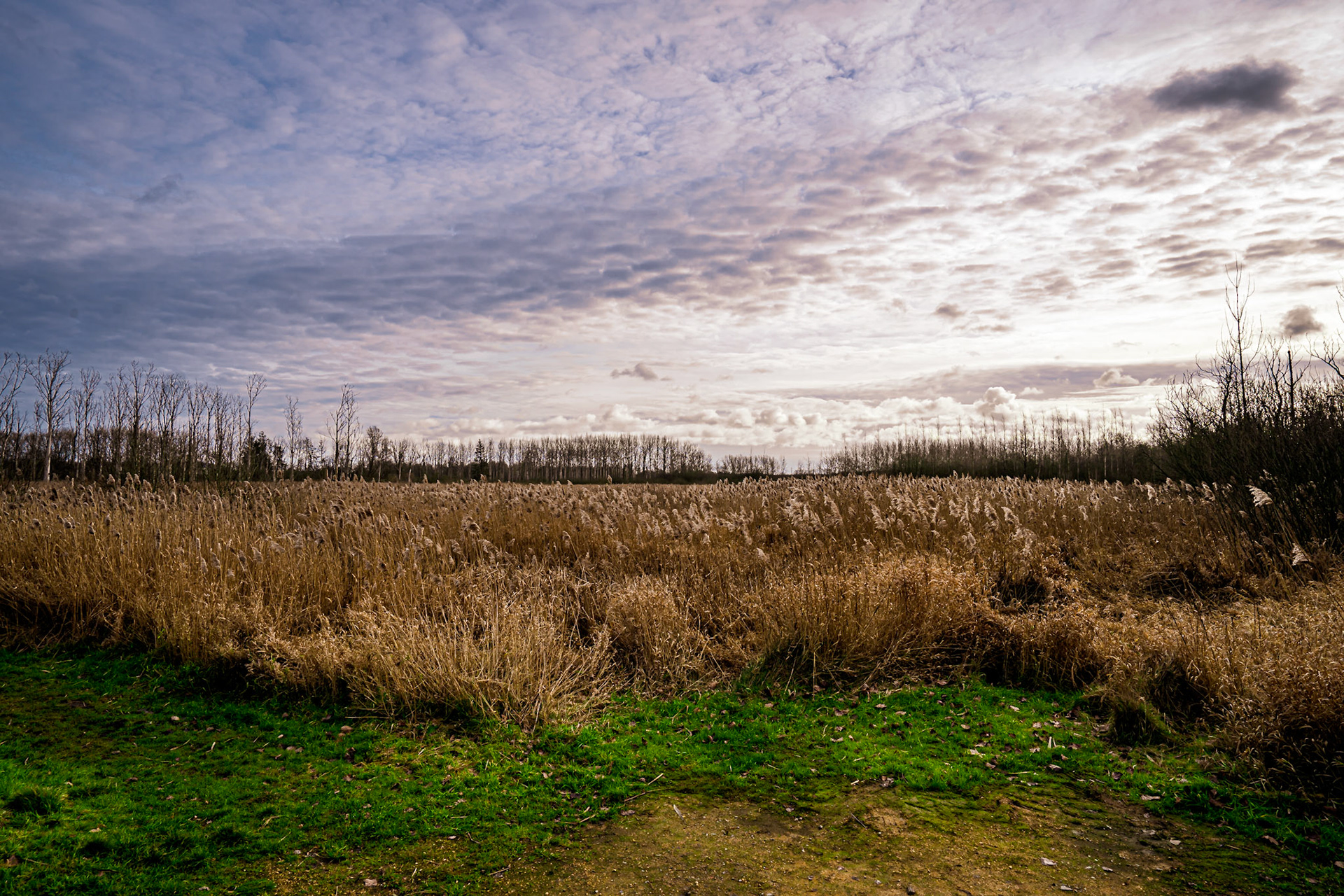
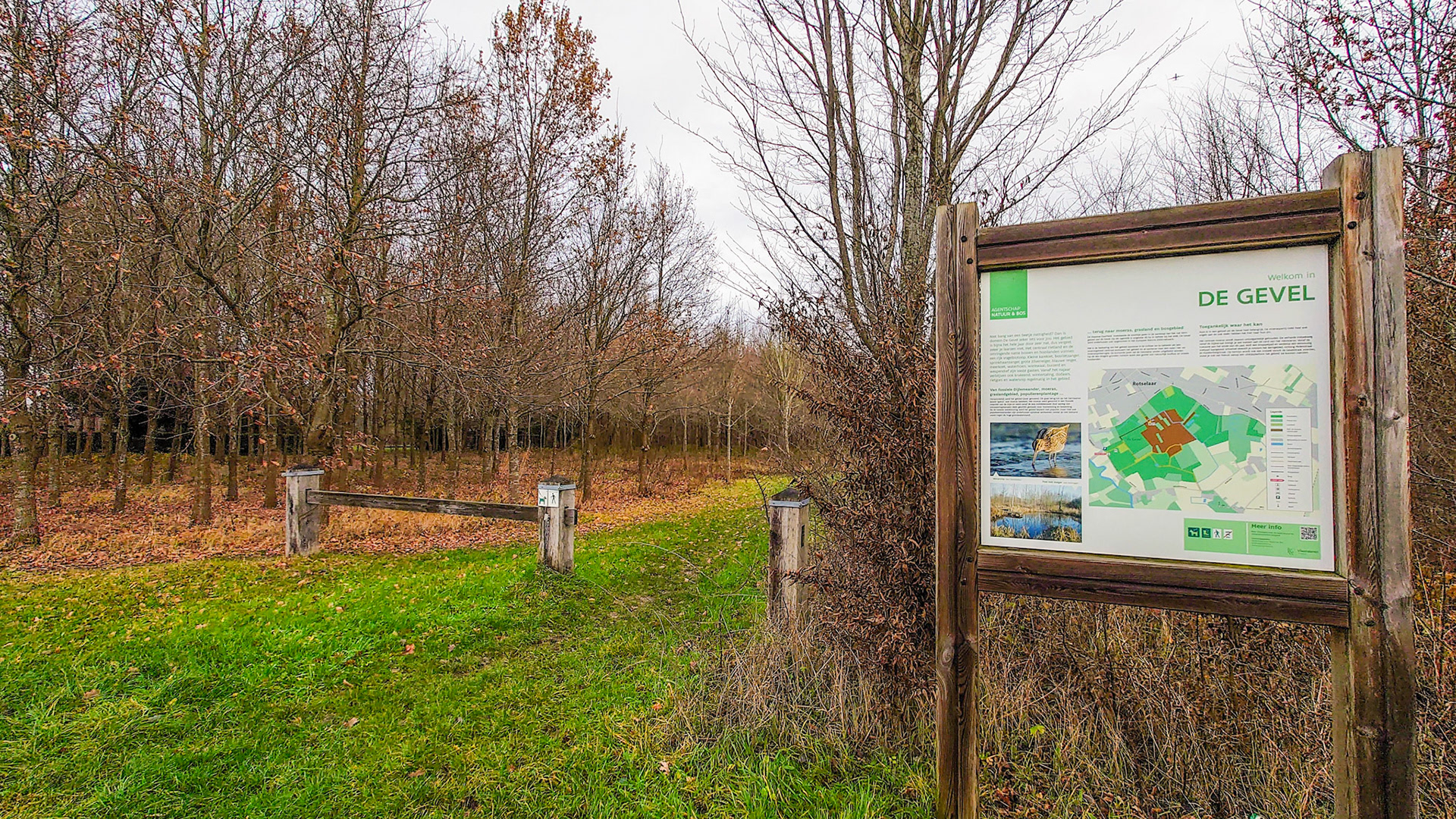
From Germanic to Flemish name
The name Gevel made me curious about its origins. Thanks to the help of WinAr (specifically Tim Vanderbeken), the intermunicipal real estate heritage service (Bekkevoort, Haacht, Holsbeek, Keerbergen, Rotselaar and Tremelo), I found out more about the word's meaning.
The nature reserve turns out to be a remnant of a more than 12,000-year-old meander of the river Dijle.
The nature reserve turns out to be a remnant of a more than 12,000-year-old meander of the river Dijle.
Only in the Middle Ages, this area was good as a hay meadow. Thanks to the construction of drainage canals, people were eventually able to both hay and graze here. These canals are still clearly noticeable in the profile of the landscape and especially when viewed later at home on the Geopunt.be portal. Thanks to the use of the elevation map, you can still notice the relief of the hay meadows.
So how does one come up with the name "Gevel"? Actually, this area was originally called "Gever" and not Gevel. Gever was only corrupted and its meaning forgotten from the 19th century onwards.
Gever derives from the Germanic word "Gabra", which stands for "swamp" and looking at the landscape, it more than lives up to its name!
Singing in the reeds
Wet reedbeds, a grassland here and there and all this surrounded by deciduous forest. What more could a bird lover wish for?
Marshes are ideal "climate buffers" in this current climate crisis. They are regarded as a solution for drought relief. They can retain large amounts of water and store carbon.
The Gevel is no exception in this fact and owes its status as a European Natura 2000 nature reserve to this.
The Gevel is no exception in this fact and owes its status as a European Natura 2000 nature reserve to this.
Water and reeds are ideal for reed warblers such as Little Warbler, Reed Bunting, Reed Warbler, Little Bittern and Bittern.
The latter is the target species for this area, therefore the expansion of reedbeds is essential to revive the currently dwindling populations.
Bitterns are very picky about breeding sites. Above all, these must be large and sufficiently wet. They need at least 15 ha of reed to breed. Ideal breeding areas in Flanders are scarce due to fragmentation and poor management to keep the reeds healthy and wet.
The latter is the target species for this area, therefore the expansion of reedbeds is essential to revive the currently dwindling populations.
Bitterns are very picky about breeding sites. Above all, these must be large and sufficiently wet. They need at least 15 ha of reed to breed. Ideal breeding areas in Flanders are scarce due to fragmentation and poor management to keep the reeds healthy and wet.
The Bittern is on Flanders' Red List and considered "critically endangered". To stop the reeds from silting up and obtain some open areas of water, mowing will be carried out in the future, if necessary.
A Bittern will not be easily spotted thanks to its amazing camouflage colours. It completely blends into the reed landscape and, especially when it sees a threat, this medium-sized heron stretches its short neck and head straight up (the so-called "pole position").
To hear the bird, you need to be in the area early in the morning or in the evening around dusk. If you are lucky, you will hear a "whoemp" from the reeds. Just wait ... and back "whoemp".
A Bittern will not be easily spotted thanks to its amazing camouflage colours. It completely blends into the reed landscape and, especially when it sees a threat, this medium-sized heron stretches its short neck and head straight up (the so-called "pole position").
To hear the bird, you need to be in the area early in the morning or in the evening around dusk. If you are lucky, you will hear a "whoemp" from the reeds. Just wait ... and back "whoemp".
As you continue walking, you will notice the works of our most energetic water warden in the province, namely the European Beaver. On my first visit to the area, I saw a beautiful beaver dam right along the footpath.
In the 1950s, poplar plantings in Flanders went up. The huge demand for firewood and wood for later processing into furniture exceeded the supply at the time. Therefore, more poplars were planted, including in De Gevel. Canadian poplars are known for their exponential growth at a short age and are therefore faster to felling than oak or beech.
The remnants of the former poplar plantations are still noticeable in the De Gevel nature reserve. The central reed bed is bordered in an L-shape by the remaining poplars, although ANB has cut down some here and there so that the reed bed could expand.
The dead standing poplars are spared and give an area a somewhat dramatic look. It looks like walking in a barren landscape, where life was sucked out of the trees. You imagine yourself in the land of Mordor, those who like to read Tolkien's books will understand me.
The remnants of the former poplar plantations are still noticeable in the De Gevel nature reserve. The central reed bed is bordered in an L-shape by the remaining poplars, although ANB has cut down some here and there so that the reed bed could expand.
The dead standing poplars are spared and give an area a somewhat dramatic look. It looks like walking in a barren landscape, where life was sucked out of the trees. You imagine yourself in the land of Mordor, those who like to read Tolkien's books will understand me.
But, dead wood also brings new life a more biodiversity to existing nature!
They currently provide ideal nesting sites for one of Europe's endangered summer visitors: the Golden Oriole. In the longer term, these dead trees will eventually fall down and provide ideal habitats for insects.
They currently provide ideal nesting sites for one of Europe's endangered summer visitors: the Golden Oriole. In the longer term, these dead trees will eventually fall down and provide ideal habitats for insects.
It is no secret that the Oriole, the cheerful yodeler of the forest, is my favourite species of bird.
Its melodious song automatically puts a smile on the face of any walker who hears this song on a sunny summer day. If you want to read more about this intriguing bird, I am happy to refer you to another article on my blog.
Its melodious song automatically puts a smile on the face of any walker who hears this song on a sunny summer day. If you want to read more about this intriguing bird, I am happy to refer you to another article on my blog.
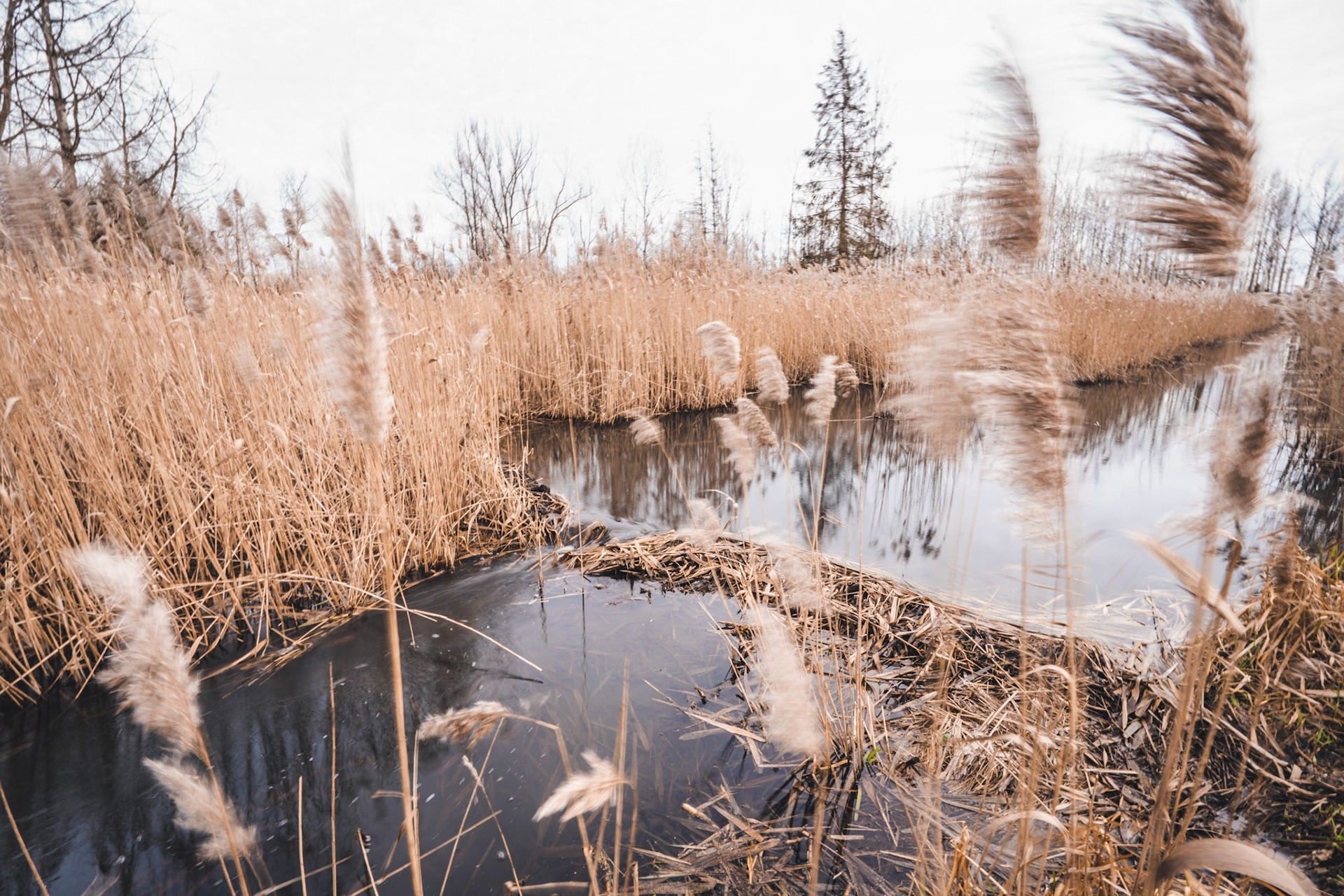
De beverdam in de lokale Leibeek
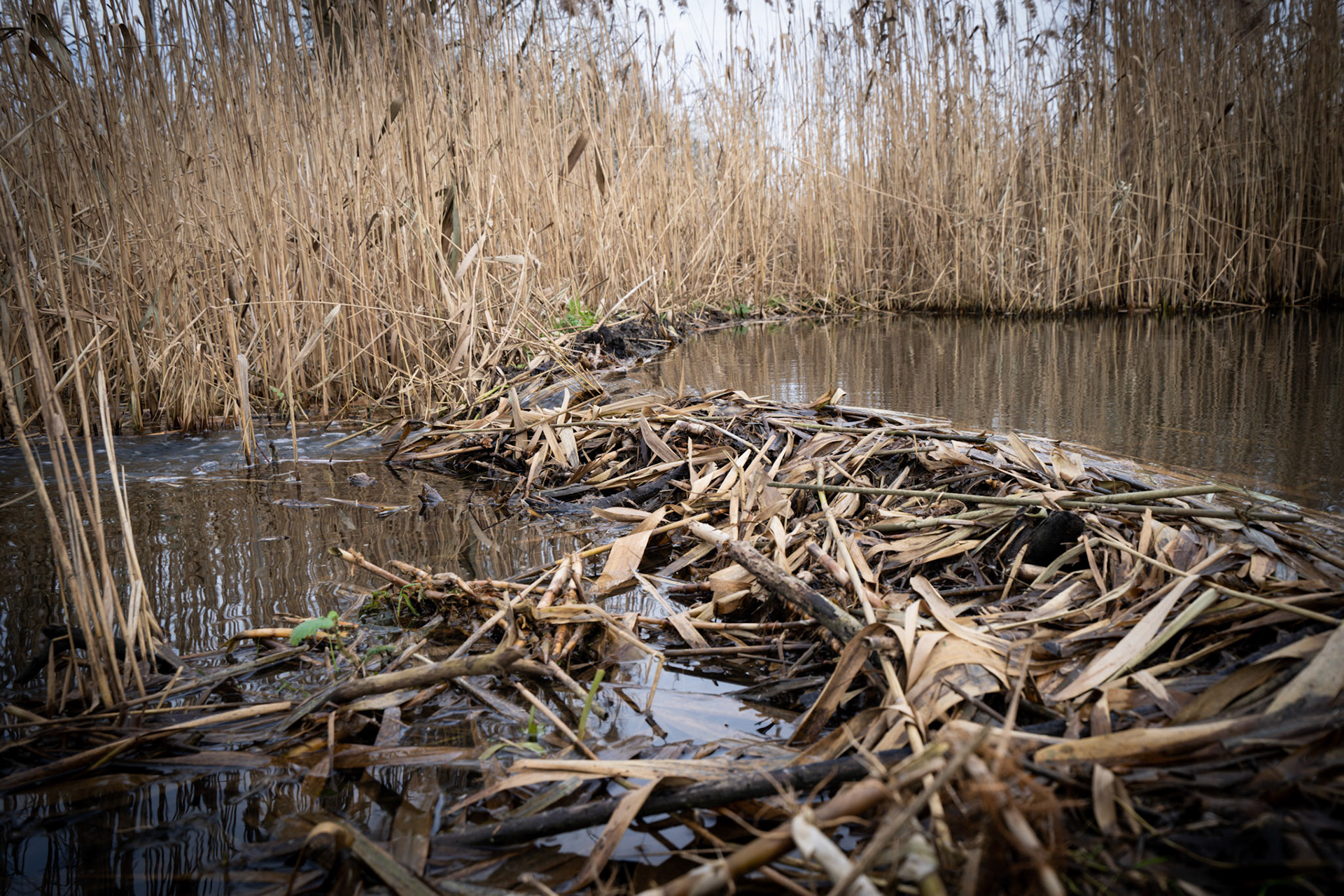
Een klein niveau verschil
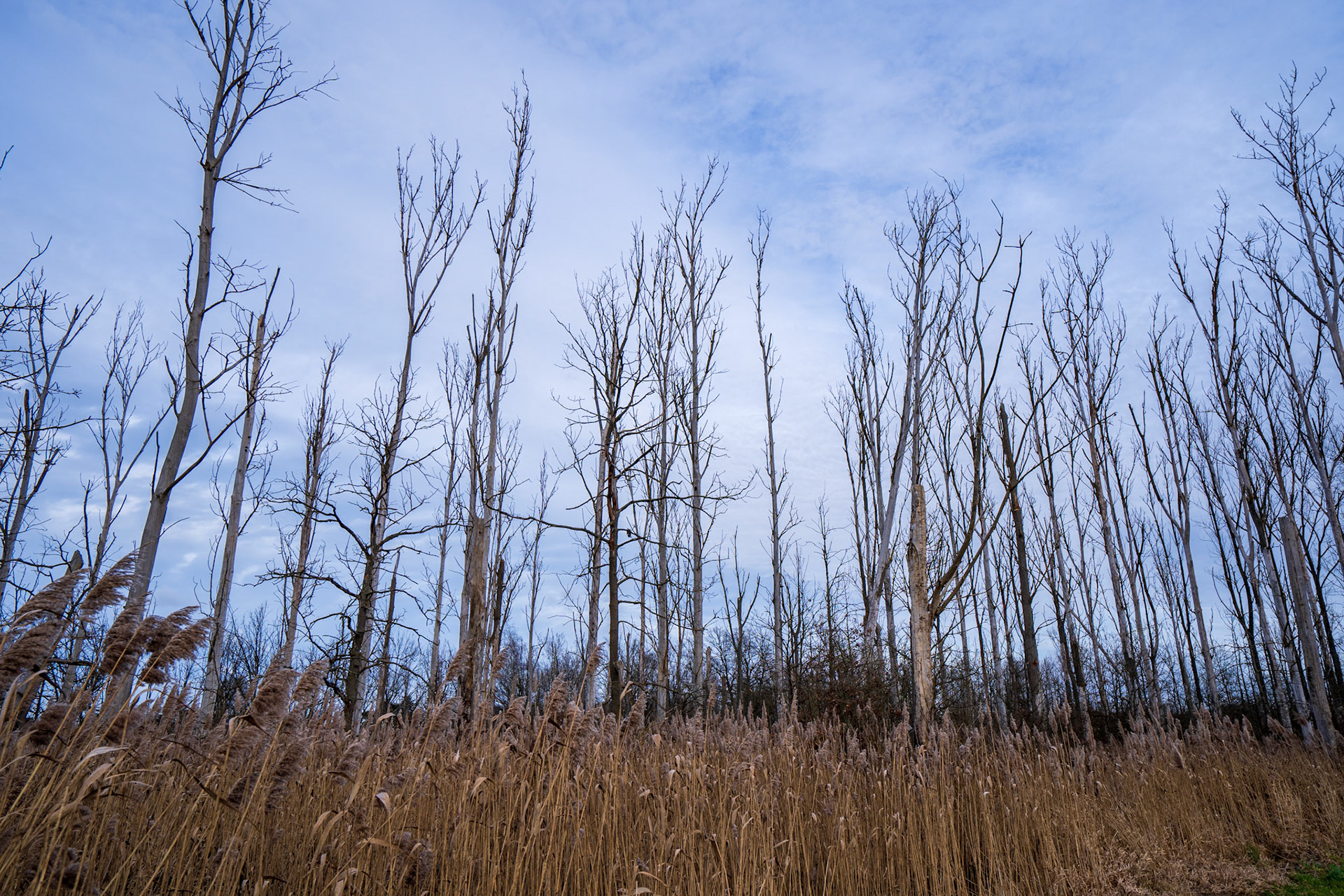
Canadese populieren, benieuwd of er nog leven in zal zitten
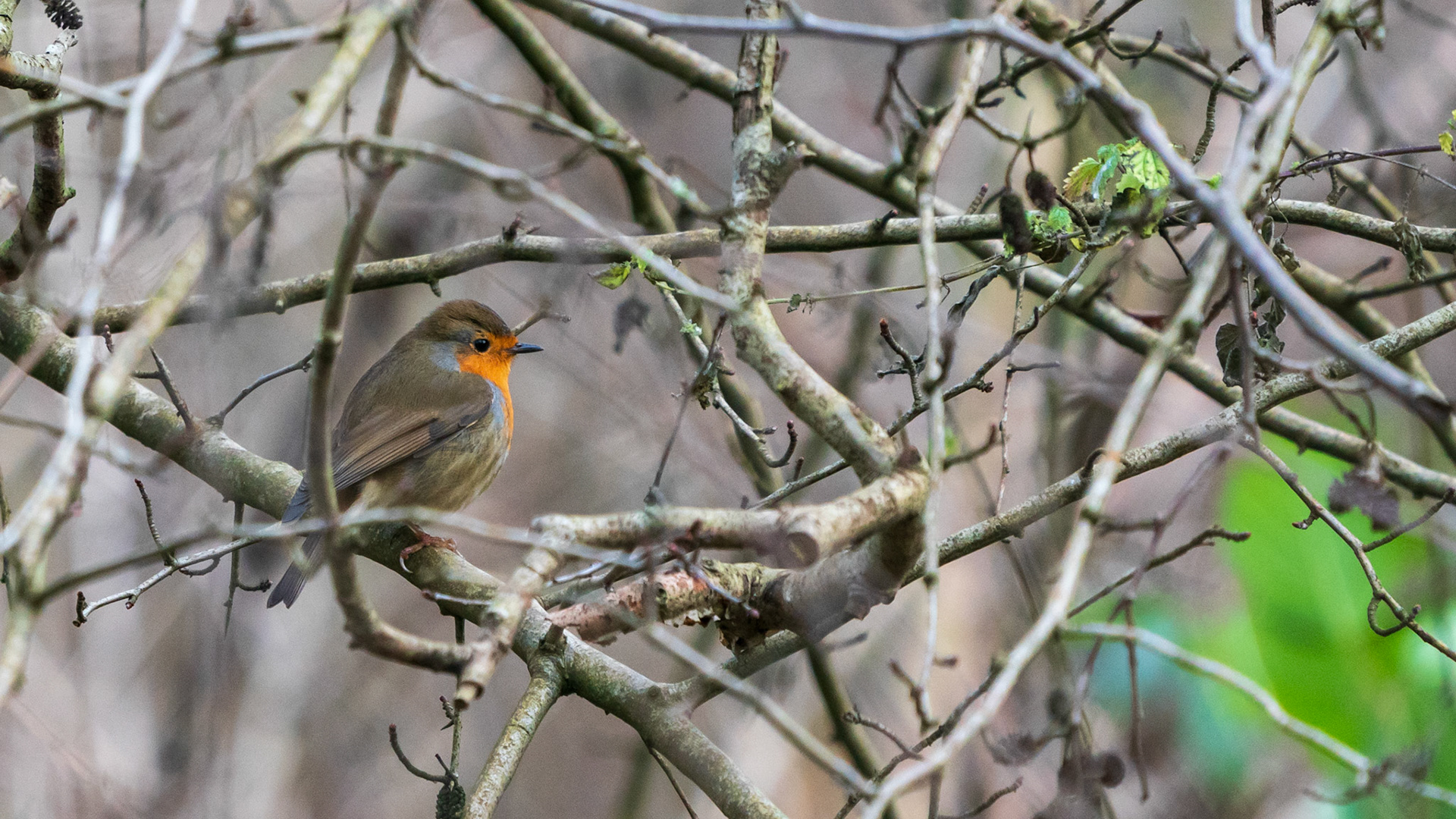
Roodborst
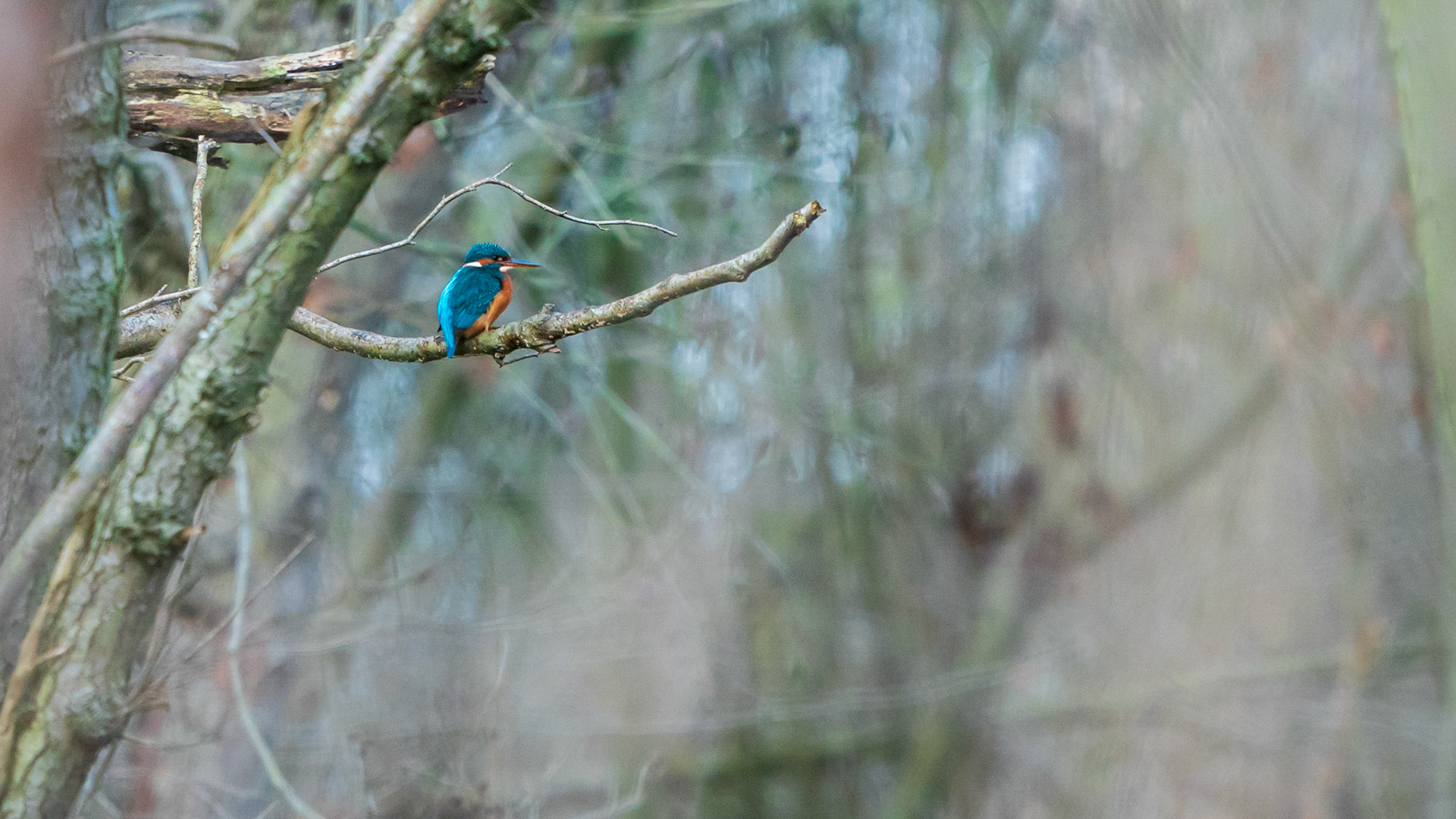
Ijsvogel vrouwtje, let op de oranje ondersnavel
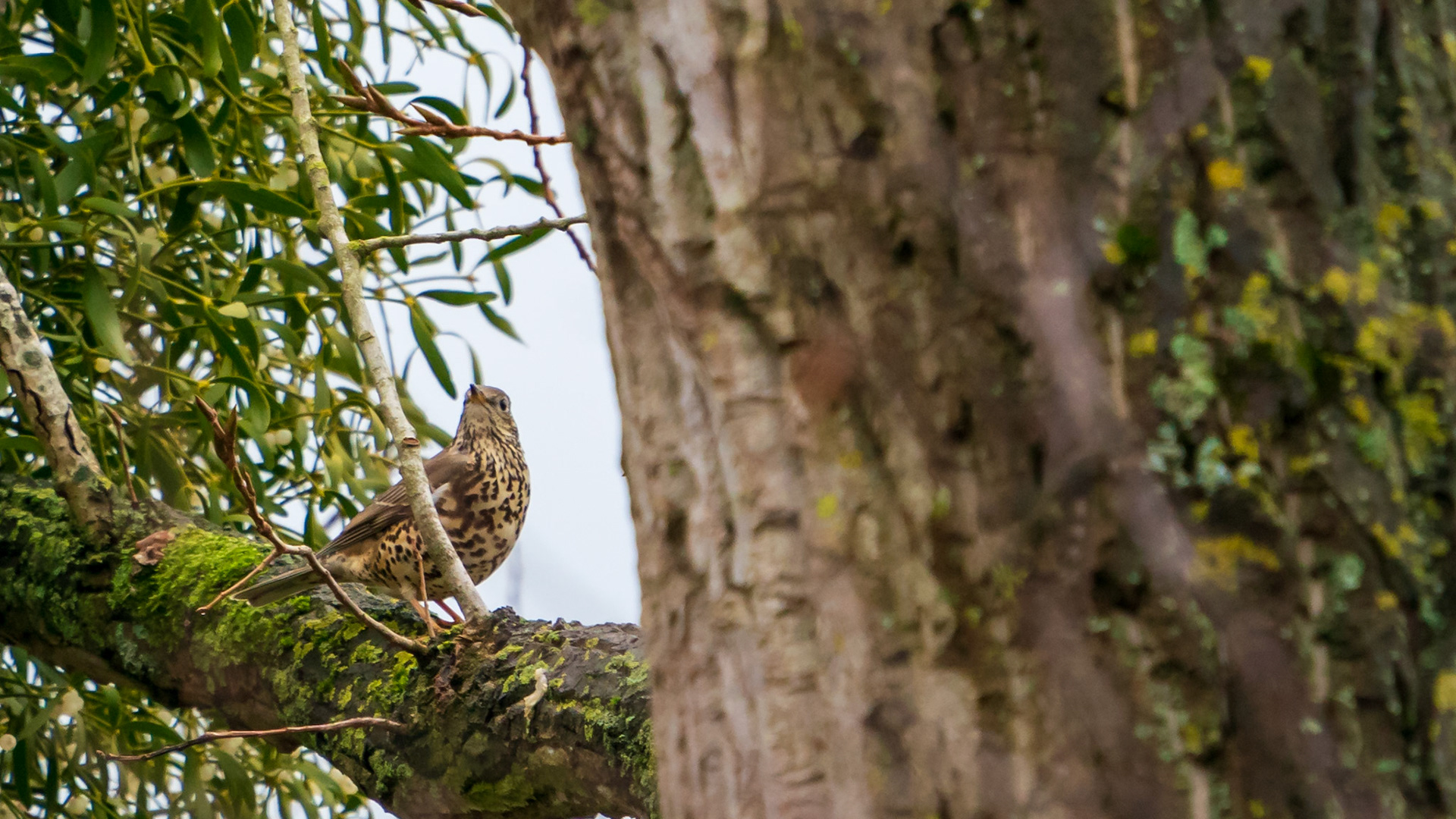
Grote Lijster
This can come in handy
De Gevel - webpage of the Flemish Agency for Nature and Forests
De Gevel - webpage Birdingplaces.eu
Recent observations - webpage Waarnemingen.be
Bronnen
De Gevel. (2023). Opgehaald van Natuur en Bos: https://www.natuurenbos.be/de-gevel
IOED WinAr. (sd). De vorming en historische betekenis van de ‘Gever’. Rotselaar.
IOED WinAr. (sd). De vorming en historische betekenis van de ‘Gever’. Rotselaar.


